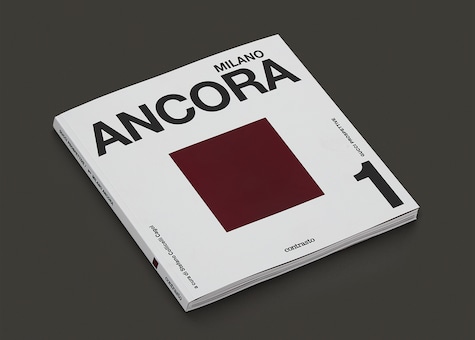Cultural historian Chris Breward—Principal of ECA, University of Edinburgh—draws parallels in the dandies of Shanghai from early twentieth century and today, with men's Pre-Fall 2017.
I am sitting awaiting the Amsterdam flight at Pudong Airport. The sky is clear, the air warm and a smoky haze hovers over the horizon. For the past five years I’ve visited Shanghai every Spring and Autumn, teaching in one of its most dynamic international fashion schools. This may be the last such visit, the research project is in its final stages and in the next few months I will be changing jobs, moving back to the gallery world after six years in academia.
For many reasons as I look at Alessandro Michele’s Pre-Fall 2017 menswear collection, I am captured by an inescapably nostalgic mood. There is nowhere else in the world at this moment that his richly eclectic, collaged approach makes more sense.
Several pieces quote directly from China’s proud textile, tailoring and embroidery traditions, and their setting (seemingly shot in a colonial antiques boutique or a gentleman scholar’s study) are resolutely Asian and Ancien Régime all at once. The models, willowy, ephebic and boyish, align with the orientalist aesthetic and cause me to reflect on what I’ve learned about male dress and masculinities in China’s premiere fashion city over the past half-decade. After a relatively short immersion in Shanghai’s distinctively layered fashion cultures, I can see that the nuanced negotiation of past and future, east and west, which Alessandro Michele’s work embodies, is a concept fundamental to any proper understanding of gender, taste and fashion in this city’s complex design ecology.
Setting out to describe the material expression of ‘Shanghai Dandyism’, the fashion writer is rewarded and frustrated by the city’s culture. On the streets of contemporary Shanghai evidence of an enthusiastic local engagement with all forms of fashion knowledge is easy to come by, but confusing. High-end international menswear brands are profusely represented in the many luxury malls in Shanghai’s center; and tourist-focused though they may be, traditional tailors and shirt-makers enjoy a healthy trade in made-to-measure suits and accessories. Magazine kiosks purvey glossy periodicals serving the lifestyle interests of polished young men that easily outstrip in quantity the variety available in London or New York. On local and national Chinese television the well-groomed male pop and soap celebrity is ubiquitous. And the male population itself (or the fashion-focused portion of it) disports in the cafes, bars, shops and parks, adept at sartorial mixing and re-interpretation.
This mix-up—fundamental to Alessandro Michele’s approach—is a longstanding feature of Shanghai’s sartorial culture, informed as it is by a myriad of local and foreign influences. At its height, in the early twentieth-century this ‘Paris of the East’ produced a heady aesthetic that similarly confused locals and visitors. In 1912 the Shenbao newspaper reported: ‘Chinese people are wearing foreign clothes, foreigners are wearing Chinese clothes, men are wearing female adornments, women are wearing male adornments, prostitutes are imitating schoolgirls, schoolgirls are imitating prostitutes, common people are dressing like officials, officials are dressing like commoners.’
There is a Chinese word that perfectly describes Shanghai’s sophisticated call to luxury and Alessandro Michele’s play on desire and texture. Pinwei is roughly translatable as ‘the discerning man’s taste for fine things.’ It echoes the siren call of the advice manuals read by aspiring young English gentlemen in the early nineteenth century: Brumellian dandyism with Chinese characteristics. As my departure gate is announced, I hold on to the concept of Pinwei and say goodbye to Shanghai. Dandyism, as Alessandro Michele must know, is an eternal and universal blessing.










Link copied to clipboard.